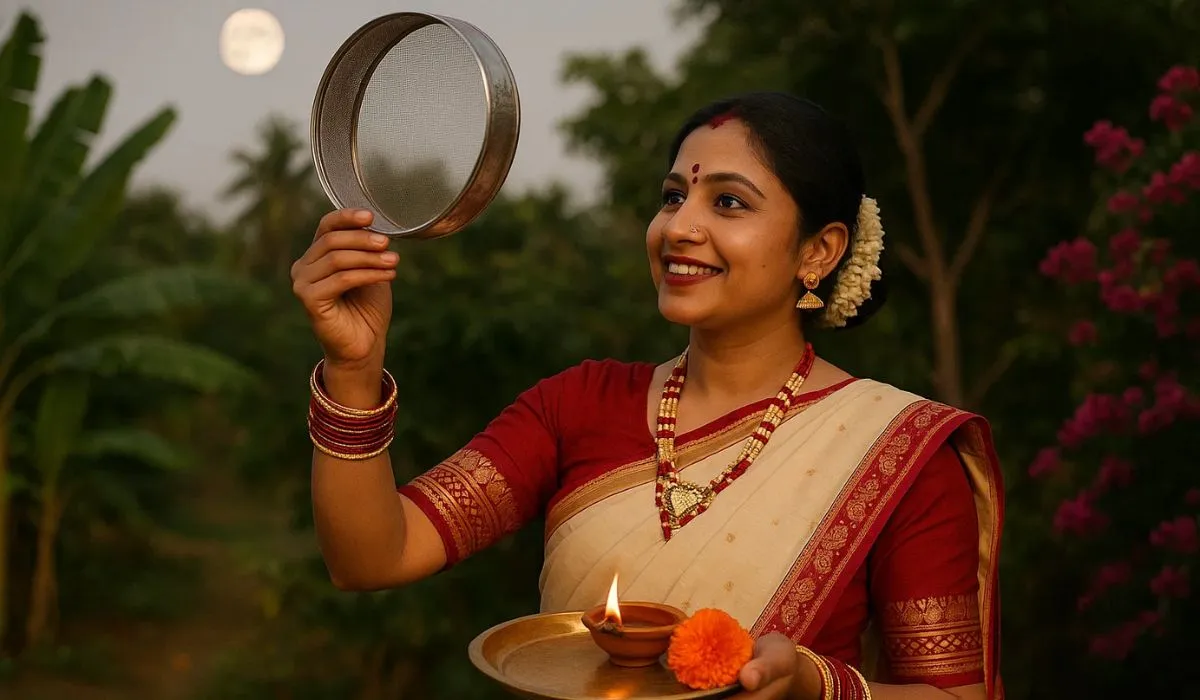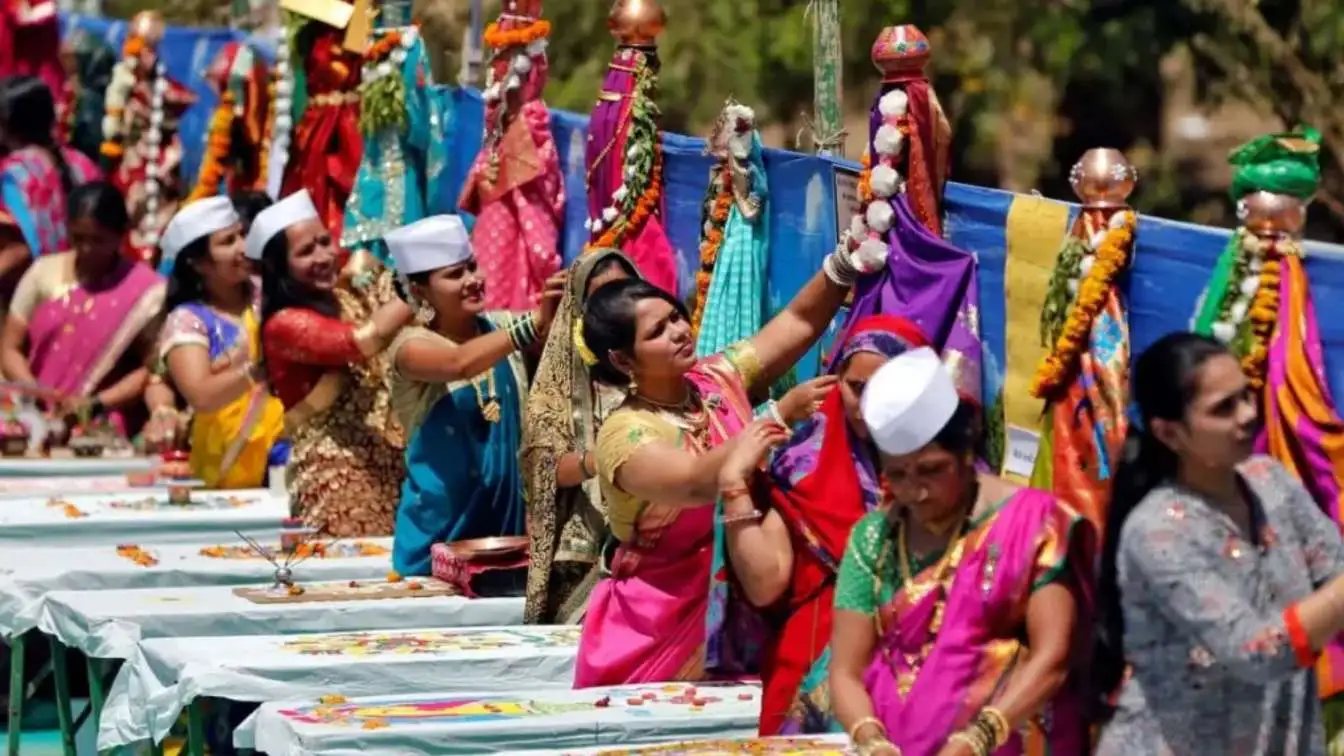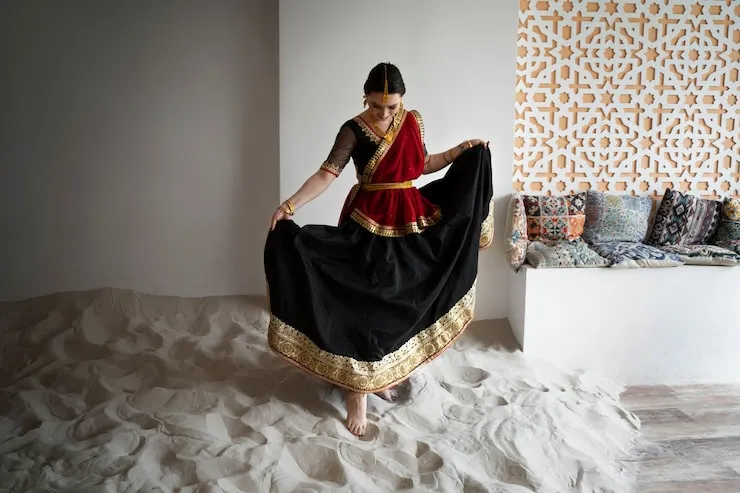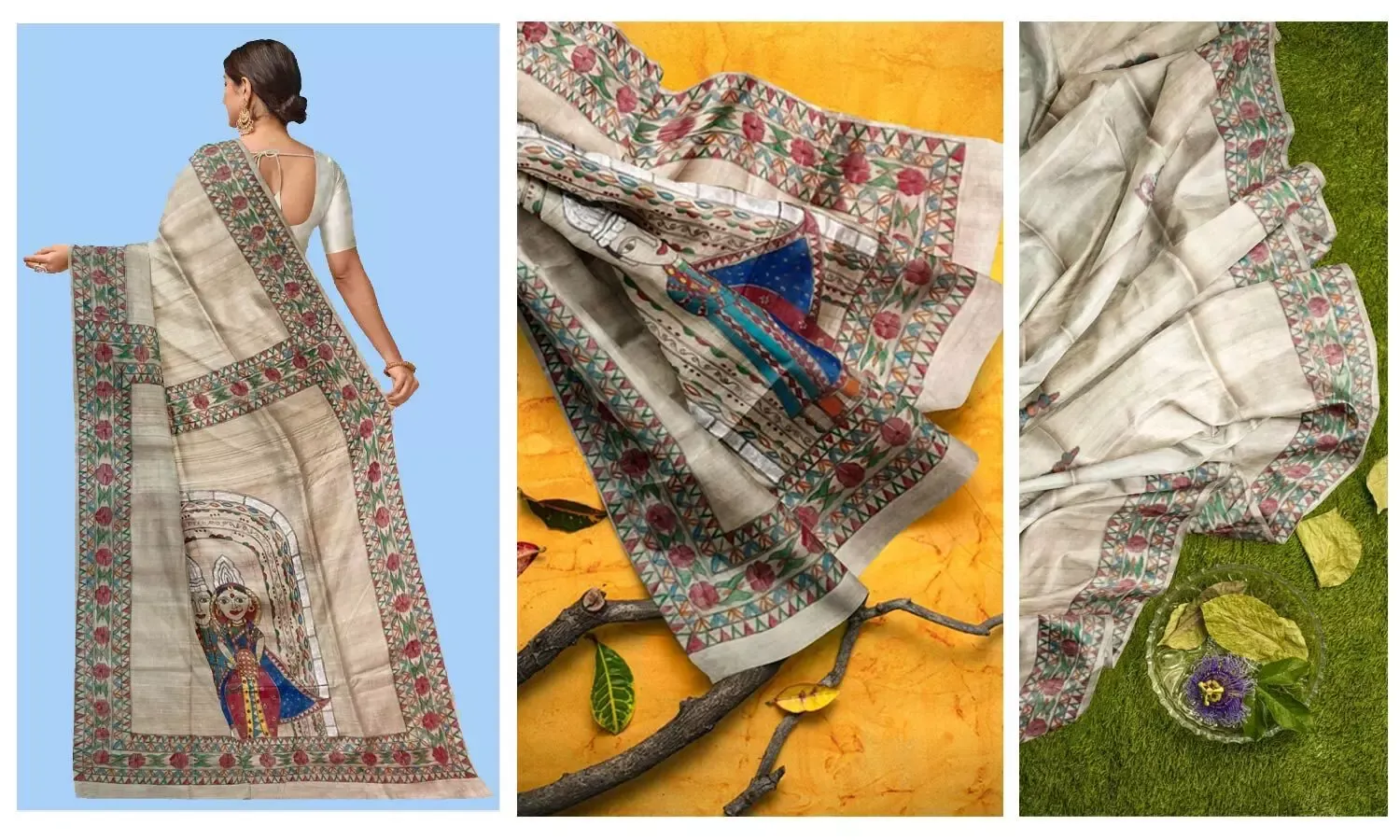Karwa Chauth has been gaining notice in Assam. The festival, traditionally observed in North India, is now being observed more in Assam. Cultural exchange has been witnessed.
New practices are being adapted. Local markets have been influenced. Young people in Assam are embracing the festival. Yet, questions about authenticity are raised. This article explores how Karwa Chauth traditions are blossoming in Assam.
What Is Karwa Chauth?
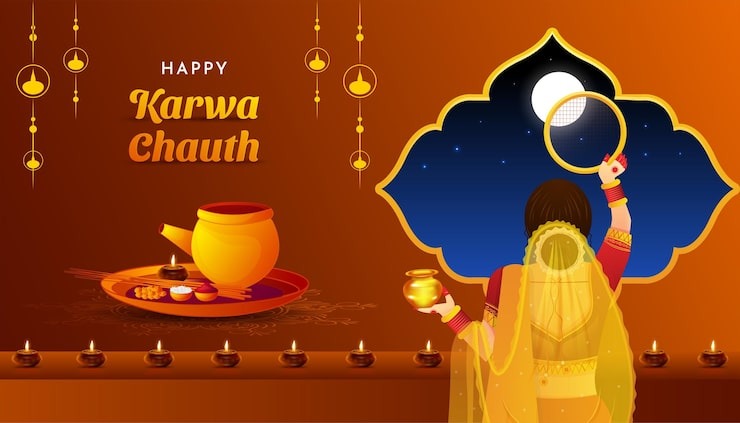
Karwa Chauth is a fast. Married Hindu women observe it. It is kept for the long life and health of their husbands. Fasting starts before sunrise and ends after moonrise. Many rituals surround it. Use of “sargi”, “baya”, “solah shringar”, and puja are essential.
Read Also: How Jharkhand Women Celebrate Karwa Chauth Today
Origin of the Change in Assam
Assam has not historically held Karwa Chauth widely among native Assamese communities. It has been largely practiced by people who migrated from North India—Marwaris, Biharis, Gujaratis, and others. It has been observed in pockets in cities like Guwahati. It has been adopted gradually.
Social media has been used. Trends from Bollywood and television have been followed. Fashion, beauty, and lifestyle content has encouraged adoption. Younger women have been influenced. Rituals are being seen on Instagram, TikTok, and Facebook. Traditional items are being bought online.
Traditions Being Adopted
Several Karwa Chauth traditions are being adopted in Assam. Some are new. Others are modified. They include:
Sargi: A pre-dawn meal is given by mother-in-law to daughter-in-law. It is eaten before sunrise. Rich food items are included: sweets, dry fruits, fruits, and sometimes meat or special breads. Nutrient rich foods are preferred now.
Solah Shringar: The sixteen adornments are applied. Items like bangles, sindoor, mehendi, mangalsutra are used. Jewelry and beauty accessories are chosen. Bright colours are worn. Sarees or lehengas in red, maroon, gold are visible.
Mehendi and Fashion: Intricate mehendi is being applied. Designs are changing. Fusion patterns are being seen. Modern accessories and makeup styles are being paired with traditional outfits. Fashion boutiques are being visited. Beauty parlours are being booked.
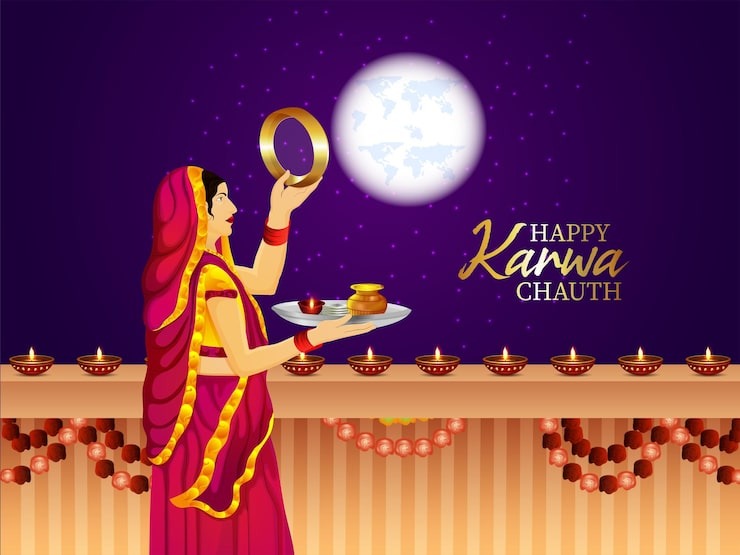
Puja Rituals: Evening puja is being done. Moon sighting is included. Sieve (channi) is used to view moon. Arghya is offered. Prayers are recited. Vrat katha is narrated. These practices are being preserved.
Gift Exchange (Baya): Gifts are exchanged between daughter-in-law and mother-in-law. Sweets, clothes, utensils are given. Blessings are sought. This tradition is being used now in Assam among families who observe Karwa Chauth.
Recent Trends in Assam
Several recent trends have been observed in how Karwa Chauth is being celebrated in Assam. These include:
Online Shopping for Puja Items: Traditional items are being bought online. Thalis, decorated channs (sieves), jewelry, sarees are ordered via e-commerce. Convenience is being preferred. Local artisans are being tapped via online platforms.
Mixed Communities Participation: People from North Indian origin living in Assam are organizing gatherings. Shared spaces are being used for puja. Even some Assamese-Hindu women who were previously not observing Karwa Chauth are joining in. Cultural blending is being seen.
Use of Social Media to Share Rituals: Posts are being made about sargi plates, solah shringar, mehendi designs. Photos of moon sighting via sieve are being shared. Live videos and stories are trending. Peer influence is being generated.
You Must Also Like: 7 Must-Try Karwa Chauth Makeup Looks for 2025
Modern Adaptations: Light makeup, subtle jewellery, smaller or minimalistic aankhen (toe rings, etc.) are being adopted. Some fasts are being kept by unmarried women too—with prayers for a good partner. Some husbands are also joining or supporting. Inclusivity is increasing.
Awareness and Critique: Discussions are being held about health during nirjala (waterless) fasts. Tips are being shared about hydration during sargi. Some women are modifying fast rules for health reasons. The festival’s gender dynamics are being questioned. Traditions are being balanced with modern health and values
Challenges and Criticism
Some challenges to the spread of Karwa Chauth in Assam are being noticed:
Cultural Fit: Some Assamese feel that the festival is not native to their tradition. Adoption is seen by some as imitation. Authentic local festivals are sometimes preferred.
Health Concerns: Fasting without water from sunrise to moonrise can cause dehydration. Older women and pregnant women are especially vulnerable. Advice is being sought from doctors. Alternative fasts are being considered by some.
Commercialisation: Selling of festival items is being seen as commercial push. Fashion and beauty industries are being leveraged. Small businesses are benefitted. But some believe the spiritual meaning may be diluted.
Gender and Equality: Some women ask why only married women do this fast. Debate about sexism arises. Some couples want equal participation. This is being voiced more in Assam now than earlier.
How Assam Is Making It Their Own?
Assam is not merely copying Karwa Chauth from North India. Some localization is being done. Customs are being mixed with Assamese culture. For example:
Local fabrics are being used for dresses. Assam silks and muga are being chosen. Traditional Assamese designs are blended into solah shringar. Accessories like traditional Assamese jewellery (gamkharu, etc.) are being paired.
Assamese sweets and food items are included in sargi plates. Fruit sold in local markets are being used. Homemade preparations are being preferred over branded sweets.
Trending Post: Karwa Chauth Puja Vidhi Guide for Maharashtra Couples
Gatherings among Assamese-Hindu women are held in Namghars or temple premises. Puja is being performed using Assamese puja spaces. Local priests are being involved.
Festival mood is being customized. Colours, decorations, music often borrow Assamese folk tunes. Songs in Assamese are being played alongside Bollywood ones.
Conclusion
Karwa Chauth traditions are blossoming in Assam. Rich rituals are being adopted. Local flavor is being infused. Challenges are being faed. Yet, the festival is being made meaningful.
Traditions are being preserved and also reshaped. A festival of devotion is being observed in new lands. Assam is creating its version of Karwa Chauth. Respect and love are being spread. Tradition and modernity are being balanced.



